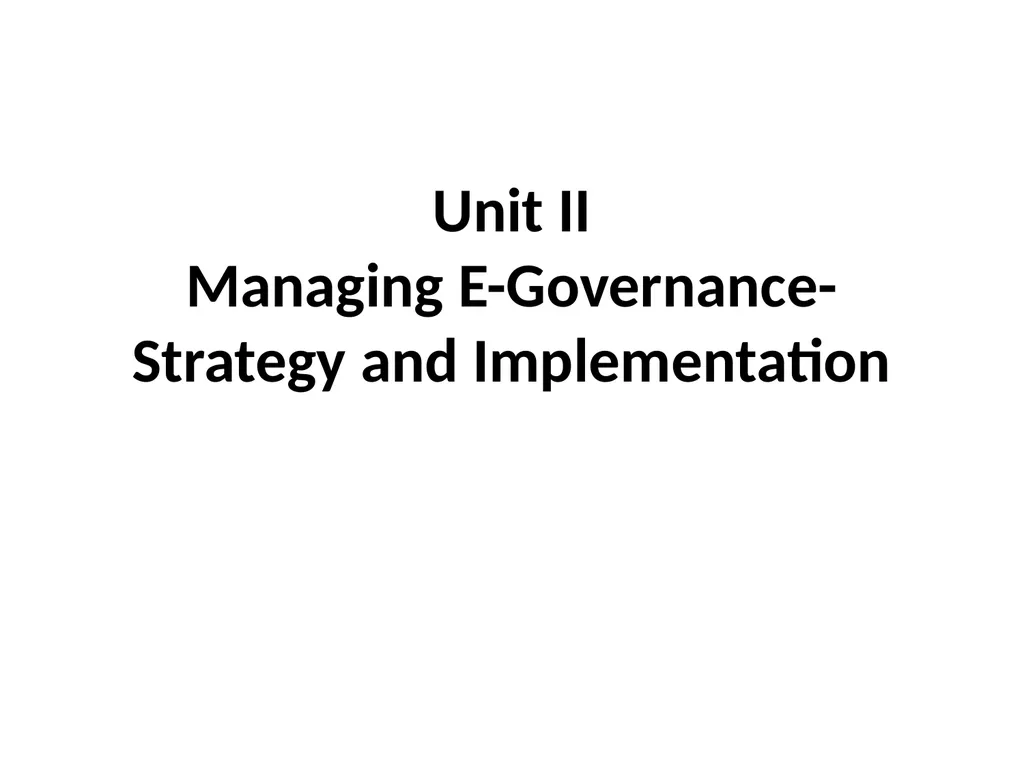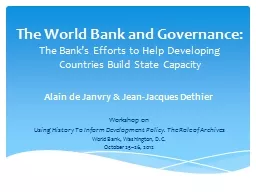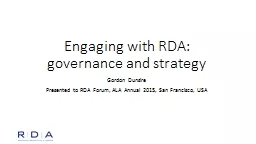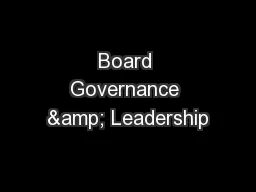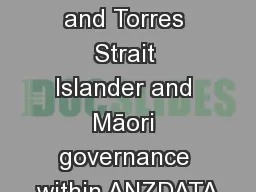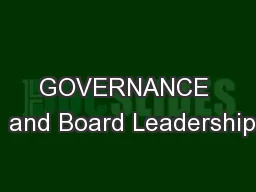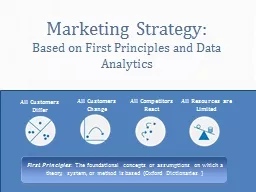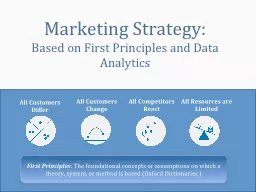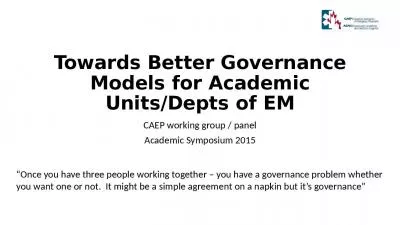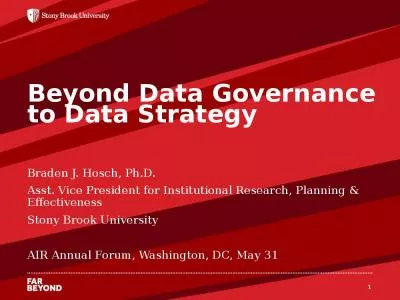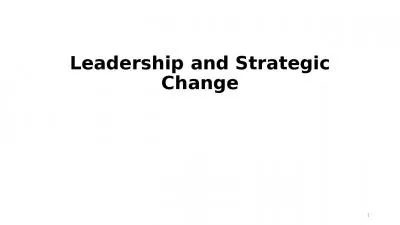Unit II Managing E-Governance-Strategy and
Author : jane-oiler | Published Date : 2025-06-23
Description: Unit II Managing EGovernanceStrategy and Implementation 2 Why an EGovernment strategy To pursue real economic development goals not just technology push To create the right policy and institutional frameworks from the start To
Presentation Embed Code
Download Presentation
Download
Presentation The PPT/PDF document
"Unit II Managing E-Governance-Strategy and" is the property of its rightful owner.
Permission is granted to download and print the materials on this website for personal, non-commercial use only,
and to display it on your personal computer provided you do not modify the materials and that you retain all
copyright notices contained in the materials. By downloading content from our website, you accept the terms of
this agreement.
Transcript:Unit II Managing E-Governance-Strategy and:
Unit II Managing E-Governance-Strategy and Implementation 2 Why an E-Government strategy? To pursue real economic development goals not just “technology push”. To create the right policy and institutional frameworks from the start. To maximize effectiveness of ICT initiatives within Government. To manage the increasing costs of I & IT in government To generate savings by applying I & IT in backend processes or other programmatic areas To map path from pilot experiments to sustainable, scalable systems To design technology architecture (infrastructure, data, standards) for the public sector To integrate organizational silos and deliver citizen services through common channels. Leadership Policy & Institutional Reform Conceptual Framework for E-Government Strategy Goals Dimensions Outputs E-Governance: Legal Framework, ICT Policies - Standards Client-Oriented Service Applications Back-End Government Applications Connectivity & Data Processing infrastructure Financing Institutional Infrastructure for Service Delivery Human Resource Dev. 4 E-Government Strategy: Process (1) Define Vision and Mission Set up high level leadership task force Ensure consistency with economic development priorities Assess status quo and Secure political support Establish stakeholder participation mechanisms (including demand) 5 E-Government Strategy: Process (2) Put in place e-govt. management framework Assess priority needs for government services Secure funding Establish partnerships with private sector, where feasible Design technical, data sharing, and service delivery infrastructure. Prioritize projects (BPR first) 6 E-Government Strategy: Process (3) Develop time-bound implementation plan Secure stakeholder buy-in of implementation plan Implementation the strategy in phases Measure and publicize progress Evaluate results and make course corrections. E-Courts Treasuries National ID National GIS for planning Other EDI (customs & foreigh trade) E-BIZ E-Procurement Commercial Taxes Excise Company affairs Services to Business (G2B) Common Services Centres: Single-window public service delivery points eventually reaching all the 600,000 villages in India State Wide Area Network SWAN: fiber optic connectivity up to block level Countrywide State Data Centers All India Portal National E-Governance Gateway Land records Property registration Road transport Agriculture Municipalities Panchayats Police Employment Exchange Education Health Food Distribution & other welfare programs Income Tax Passport, visa and immigration E-Posts Services to Citizens (G2C) Integrated State Central Implementation Models Front End Services For software applications, front end is the same as user interface. In client/server applications, the client part of the program is often called the front end and the server part is called the back end. Back End Automation: 'Behind the scene' operations center of a business with which the customer rarely comes in contact. Back-end offices or
